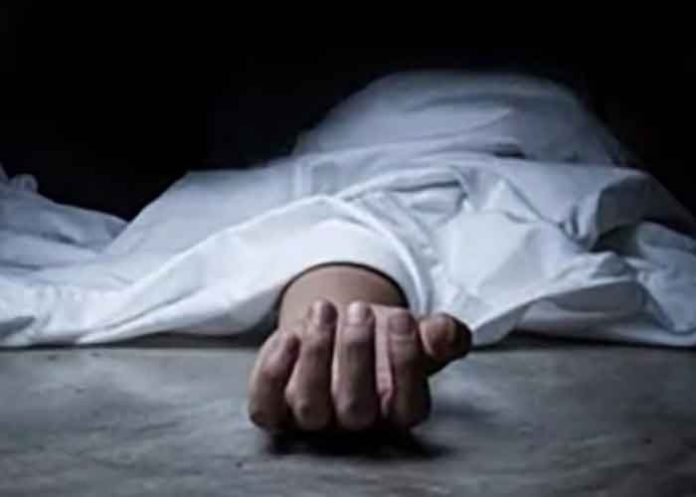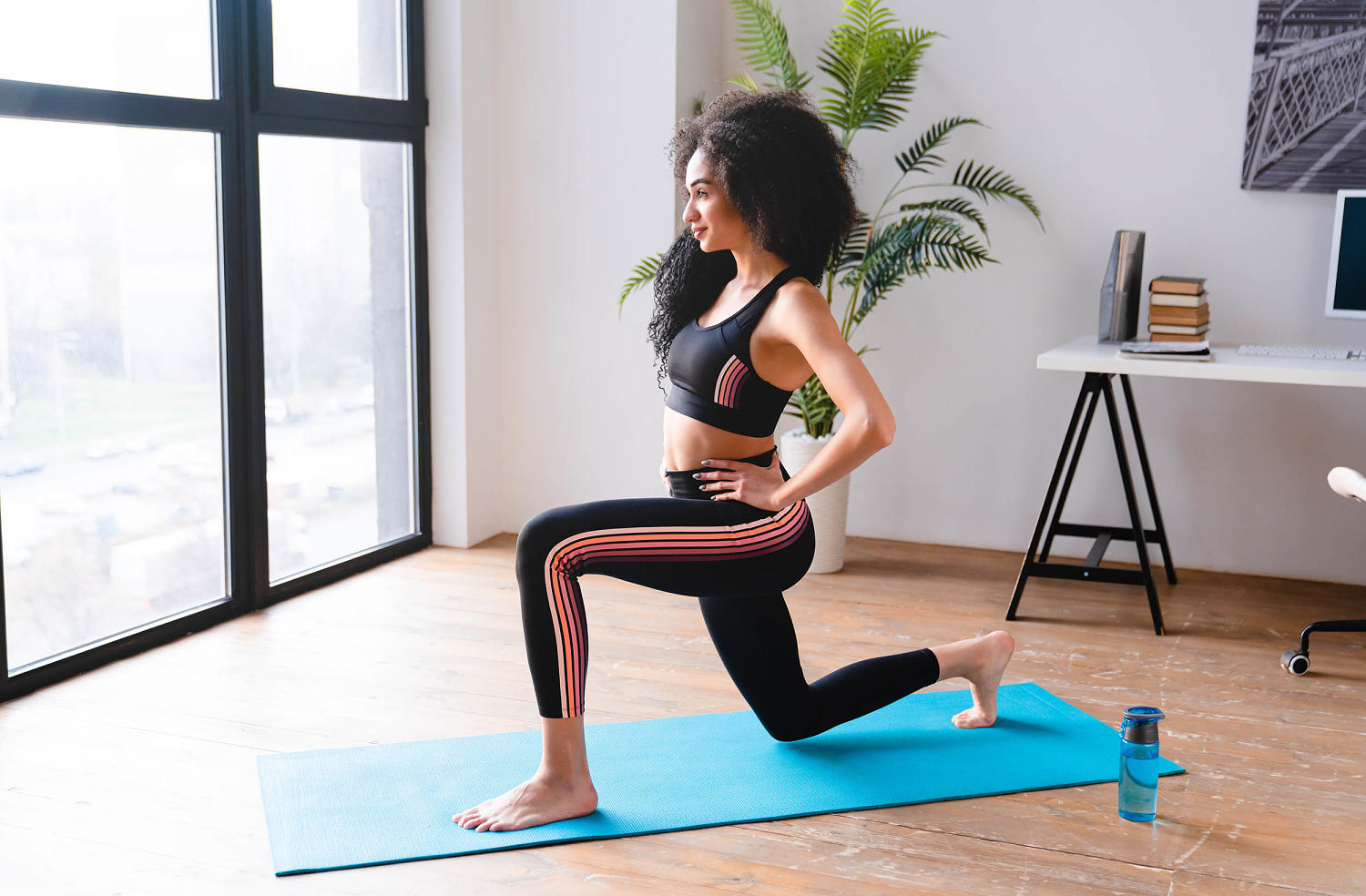
When Karen Malkin Lazarovitz, 50, of Côte Saint-Luc found out she tested positive for the BRCA mutation more than 15 years ago at the age of 32, meaning she was more susceptible to getting cancer, she made the decision to undergo a preventive double mastectomy as well as remove her ovaries. The choice to have surgery was a no-brainer for her. “It wasn’t a difficult decision for me,” she said.
“I chose to remove my healthy breasts and ovaries because everyone on my father’s side of the family passed away from either breast cancer or ovarian cancer, and my father just recently passed away from prostate cancer. And that’s all because of this mutation. It was the surgeries and the emotional trauma that came along with it [that made me nervous], but I had no doubts about what I was going to do.
” The gene mutation gave Lazarovitz an 87 per cent chance of developing breast cancer and a 44 per cent chance of getting ovarian cancer. A newly married mom of two young children, she had the surgeries, which were then followed by several more unplanned stays in the hospital. “I underwent numerous complications and had eight additional surgeries, and every time I went in, I was more frustrated with the recovery,” she explained.
“I’d had my nipples and areolas removed as well because there’s the risk of cancer in the milk ducts, and at the beginning [of the process], I did tell my husband I wanted to recreate my nipples and have them reconstructed, but after every surgery I was so discouraged thinking about going back for more surgery.” As someone who had always loved tattoos, Lazarovitz thought maybe she could cover her scars with art in lieu of reconstructive surgery. “I went and spoke with different tattoo artists and found one I connected with, so together we created this beautiful floral tattoo.
I was shocked how I felt when I looked in the mirror [after the tattoo was done],” she said. “I felt complete. It was the first time I was in control of my body and doctors weren’t telling me what to do and how to do it.
I had 100 per cent control for the first time since the mastectomy. I realized I could define beauty on my own terms, and it planted a seed of how I could pay it forward.” A tattoo artist who donated her time to EMPOWERink, right, embraces a breast cancer patient that she tattooed.
Lazarovitz found an organization in Colorado where a man was connecting breast cancer survivors with tattoo artists, and she asked him if she could start something similar in Montreal. “He said take it and run with it,” she said. EMPOWERink was born and it started with two breast cancer survivors.
“Artists covered their scars, and I saw how powerful they felt. I knew I was onto something, and it continued to grow,” she said. Since then, more than 200 women and one man have been tattooed at events in Montreal, Oshawa, Toronto, and Quebec City.
The artists donate their time and talent for free, and it’s a full day of celebration with a catered lunch, champagne, and family and friends. And, of course, there are always happy tears. “It’s a day where all these survivors can be together, and the artists are so happy to be able to create a new beginning for them.
Art is another way to define beauty. It’s about completing your mastectomy journey the way you want.” Applications for EMPOWERink are open right now, and their next event will be held in Quebec City in December.
“We’ll have 13 artists, and this will be our biggest event to date,” Lazarovitz said. “So many women who have had breast cancer look in the mirror and see trauma. They’re actually seeing their cancer diagnosis over and over again.
Now I hear from so many women that when they look in the mirror, it doesn’t take away from what they’ve gone through, but now they’re seeing beauty where there was once trauma. It allows these survivors to be able to choose what they want to do with their bodies.” n.













